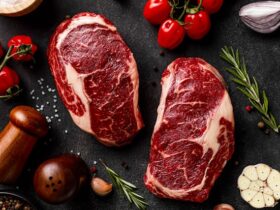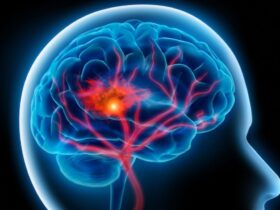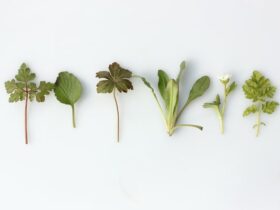When it comes to weight loss, carbs are the most popular dietary scapegoat. But while carbs are often blamed for causing weight gain, they’re not all created equal.
There are two main types of carbohydrates: fiber and sugar. Fiber has no impact on blood sugar levels, but sugar does. The difference between good carbs and bad carbs is how quickly they affect your blood sugar levels.
Good Carbs vs. Bad Carbs
There are two main types of carbohydrates: fiber and sugar. Fiber has no impact on blood sugar levels, but sugar does. The difference between good carbs and bad carbs is determined by their glycemic index (GI). The GI measures how quickly a food raises your blood sugar when it’s eaten. The higher the GI number, the faster your body turns carbohydrates into glucose.
Fiber-rich foods like whole grains, legumes and produce should be your go-to sources of carbohydrates because they keep you full longer than refined grains and added sugars do. When choosing among fruits and vegetables, opt for ones that are low in calories — such as leafy greens — so that you can eat more of them without adding extra calories to your diet.
Sugar-rich foods like candy bars and cake have a more immediate effect on your blood sugar levels than complex carbohydrates do because they’re digested very quickly after being consumed
Simple vs. Complex
Carbs come in two varieties: simple and complex. Simple carbs are more easily digested by your body than complex carbs, so they tend to raise blood sugar levels more quickly after eating than complex carbs do. Simple carbohydrates include table sugar (sucrose), fructose (fruit sugar) and lactose (milk sugar).
Complex carbohydrates are made up of long chains of sugar molecules that take longer for your body to break down into glucose (blood sugar). Complex carbs include whole grains, beans, fruits and vegetables.


























Leave a Reply